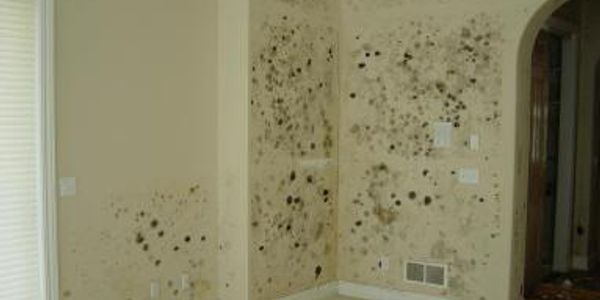Mold Assessment & Remediation Protocols

Mold Assessment (step 1)
Without mold testing how do you even know if you have mold?
Mold testing and a mold inspection can answer your questions. A board certified mold inspector knows that mold creates the most common indoor air quality complaints, from the smell of “mildew” to the adverse health effects of fungal spores.
Mold Remediation Protocol (step 2)
One of the most important responsibilities of your licensed mold assessor is to create a mold remediation protocol specific to your loss. A mold remediation protocol outlines the needed actions for any necessary mold remediation. Each plan is individually prepared based on the indoor environmental consultants mold assessment of the property, the size, and area of the mold contamination.
The Mold Remediation Protocol (MRP) will specify the mold remediation containment strategy, decontamination areas, negative air pressure and air filtration(scrubbing), equipment utilization, personal protective equipment, specific cleaning protocols, project completion requirements, and site-specific safety plan.
Post Remediation Verification (step 3)
Post-Remediation means "after mold has been removed". A post-remediation verification survey (sometimes called clearance testing) includes a visual inspection and moisture assessment of the construction materials that were part of the remediation work, and air quality testing inside the work area.
The purpose of clearance testing is to determine the success of the mold remediation efforts inside of existing containment areas to document the areas remediated are safe for occupants to safely enter.
Citrus IAQ & Home Inspections
Contact us by email
Citrus IAQ & Home Inspections
(800) 975-6551
Florida, United States
Hours
Open today | 8:00 am – 5:00 pm |
Copyright © 2019 Citrus IAQ & Home Inspections - All Rights Reserved.
